Desert landscapes are among the most captivating and serene environments on Earth. With their vast expanses of dunes, striking rock formations, and unique ecosystems, they offer a glimpse into nature’s raw beauty. From the golden sunsets over the Sahara to the rugged terrains of the Gobi, these arid regions inspire awe and wonder. Beyond their aesthetic appeal, desert landscapes also hold rich cultural significance and host diverse flora and fauna uniquely adapted to extreme conditions. This ultimate guide will take you on a journey to explore their beauty, tranquility, and the fascinating stories they tell.
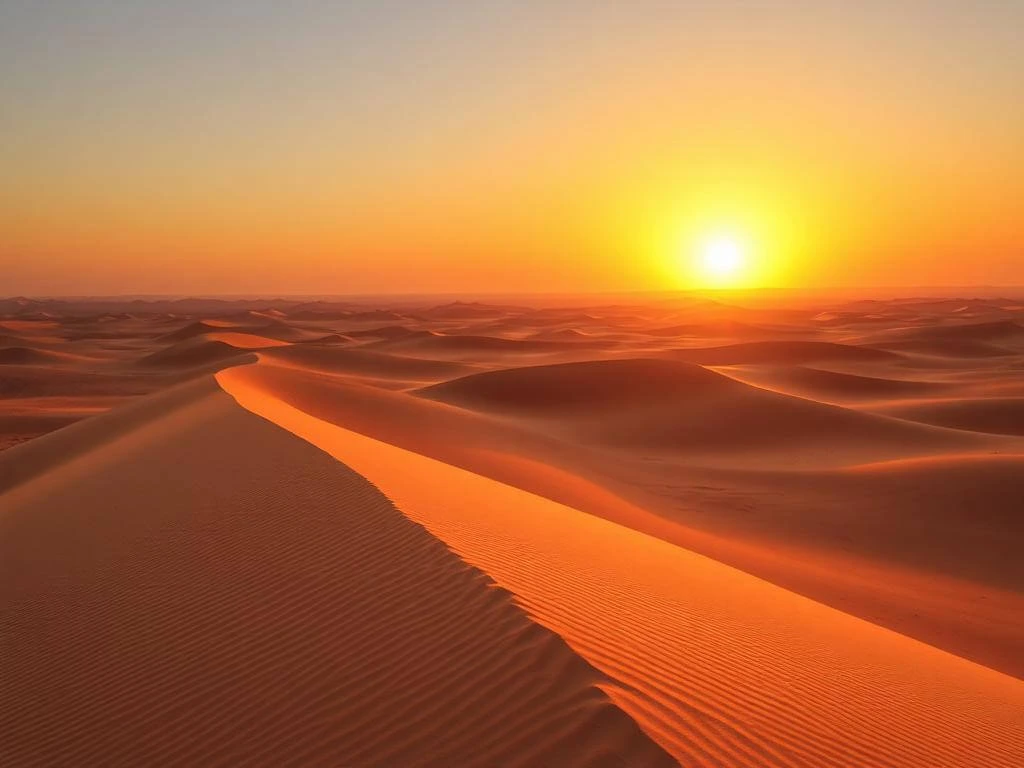
1. What Makes Desert Landscapes Unique?
Desert landscapes stand apart from any other natural environment due to their striking and often surreal characteristics. These unique qualities arise from the interplay of climate, geology, and ecosystems, creating a world that is both challenging and captivating to explore.
a. The Defining Characteristics of Desert Landscapes
A desert landscape is typically defined by its arid climate, receiving less than 10 inches of annual rainfall. This extreme dryness shapes the terrain, resulting in vast stretches of sand dunes, rocky plateaus, and barren plains. Despite their stark appearance, deserts showcase remarkable diversity, from towering sand dunes in the Sahara to the cracked salt flats of the Atacama.
b. How Arid Climates Shape Their Beauty
The lack of water in desert landscapes gives rise to unique geological formations sculpted over thousands of years by wind and occasional rains. The arid climate amplifies the stark contrast between day and night temperatures, creating an environment that supports only the hardiest plants and animals. This minimalism adds to the serenity and mystique of deserts, making them a sanctuary for those seeking solitude.
c. The Role of Erosion and Weathering in Desert Formations
Over time, erosion and weathering play a crucial role in shaping desert landscapes. Wind carves intricate patterns into rocks, while rare but intense rains create gullies and wadis. These natural processes give rise to breathtaking landmarks, such as arches, mesas, and buttes, which are iconic symbols of desert terrains.
d. Common Flora and Fauna Found in Desert Ecosystems
Despite the harsh conditions, desert landscapes are teeming with life. Unique flora such as cacti, succulents, and acacia trees have adapted to store water and survive in arid conditions. Fauna, including camels, desert foxes, and scorpions, thrive using the sparse resources available. These species’ resilience highlights life’s adaptability in some of the planet’s most challenging environments.
Understanding the elements that make desert landscapes unique gives us a deeper appreciation for these remarkable regions and the natural forces that have shaped them.
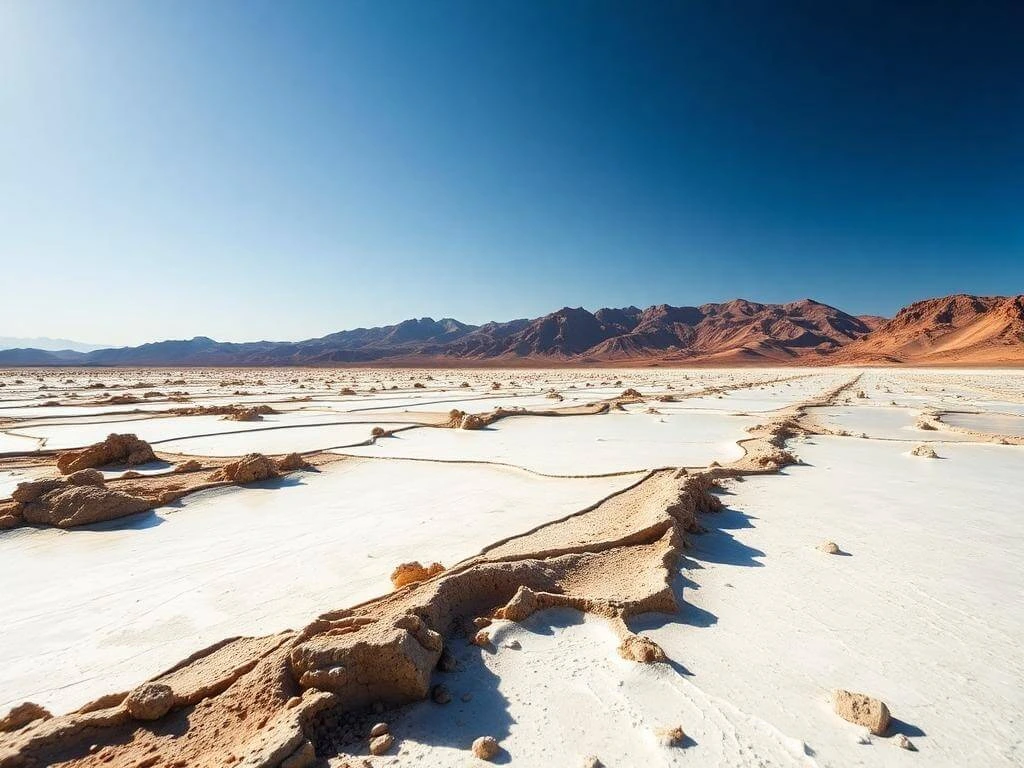
2. Iconic Desert Landscapes Around the World
Desert landscapes are a testament to nature’s diversity and grandeur. Spanning continents, these iconic arid regions boast unique features, awe-inspiring vistas, and ecosystems that have adapted to extreme conditions. Let’s explore some of the most famous desert landscapes around the globe.
a. The Sahara Desert: A Sea of Golden Sand Dunes
As the world’s largest hot desert, the Sahara is a defining symbol of desert landscapes. Covering much of North Africa, its golden dunes stretch endlessly, creating a surreal and mesmerizing scenery. The Sahara is also home to oases and ancient trade routes, making it a cultural and historical marvel in addition to its natural beauty.
b. The Atacama Desert: The Driest Place on Earth
Located in South America, the Atacama Desert is famous for its stark, almost lunar landscape. Known as the driest desert on Earth, it features salt flats, volcanic peaks, and geysers. This unique desert landscape is also one of the best places in the world for stargazing due to its clear skies and high elevation.
c. The Arabian Desert: A Fusion of Tradition and Natural Wonder
The Arabian Desert spans several countries in the Middle East, including Saudi Arabia, Oman, and the UAE. Its golden dunes and vast rocky terrains are often associated with Bedouin culture and traditions. This desert landscape is also known for its biodiversity, hosting oryx, camels, and desert foxes. Iconic locations like the Rub’ al Khali, or Empty Quarter, showcase the sheer scale of its beauty.
d. The Gobi Desert: A Vast Expanse of Rock and Sand
Stretching across China and Mongolia, the Gobi Desert is a unique desert landscape with a mix of rocky terrains and sandy dunes. Unlike typical deserts, the Gobi experiences cold winters and is rich in fossils, offering a glimpse into the Earth’s prehistoric past. Its rugged beauty and cultural significance make it a must-visit destination for adventurers.
By exploring these iconic desert landscapes, we uncover the sheer variety and beauty of the world’s arid regions. Each desert has its own story to tell, inviting visitors to experience its wonders firsthand.
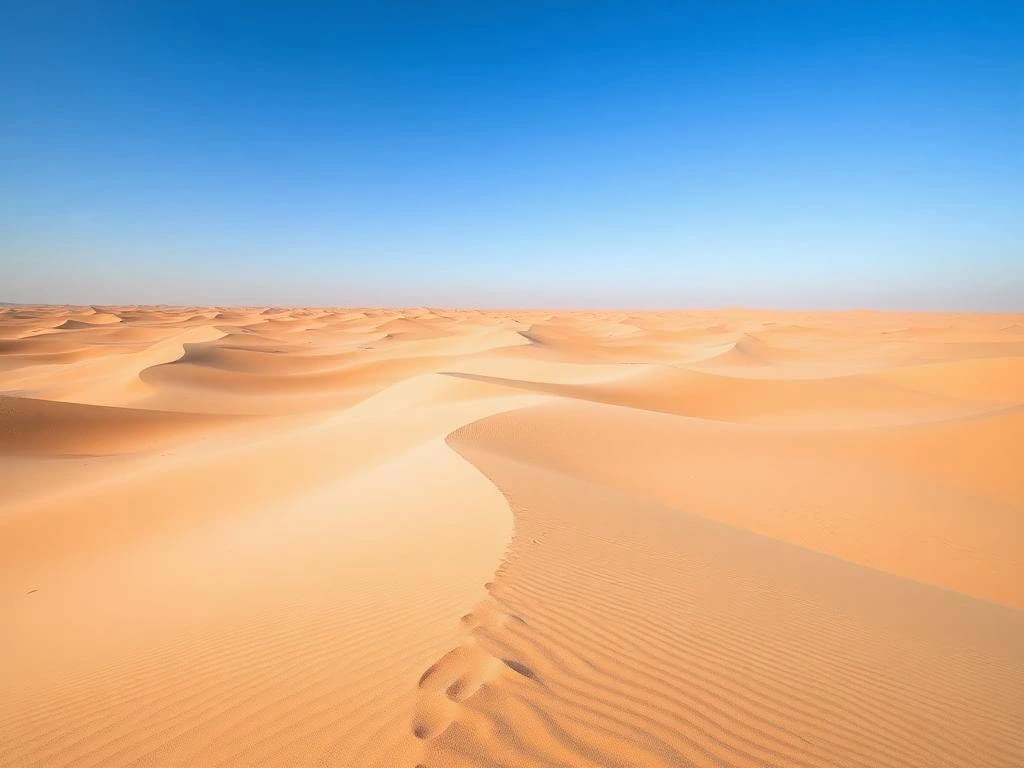
3. Experiencing the Serenity of Desert Landscapes
Desert landscapes offer more than visual splendor—they provide a tranquil escape from the hustle and bustle of everyday life. These serene environments are ideal for reconnecting with nature, reflecting on life, and immersing oneself in the calm beauty of the natural world.
a. Why Deserts Are Perfect for Peaceful Escapes
The vast, open expanses of desert landscapes create a sense of solitude that is hard to find elsewhere. The quiet stillness, broken only by the sound of the wind or the occasional chirp of desert wildlife, offers a meditative atmosphere. Many visitors describe the desert as a place to find mental clarity and inner peace.
b. Activities to Enjoy in Desert Regions
Deserts provide a wide range of activities that allow travelers to experience their serenity:
- Stargazing: The lack of light pollution in most desert landscapes makes them perfect for observing the night sky, with countless stars visible to the naked eye.
- Meditation and Yoga: Many travelers use deserts as a setting for mindfulness practices, with their tranquil surroundings enhancing the experience.
- Desert Safaris: Exploring dunes and remote areas by jeep or camel allows visitors to fully immerse themselves in the desert’s beauty.
c. The Cultural Significance of Deserts
Desert landscapes have profound cultural and spiritual significance for many communities. For centuries, they have been places of pilgrimage, storytelling, and inspiration. Local traditions often emphasize a deep connection to the land, highlighting the desert’s role in shaping both individual and collective identities.
d. Seasonal Differences: Best Times to Visit
Experiencing the serenity of desert landscapes depends on visiting during the right season. Winters are often the most comfortable time, with cooler temperatures making exploration more enjoyable. Early mornings and evenings also offer stunning views, with soft light enhancing the natural beauty of the terrain.
Whether you’re seeking solitude, adventure, or a deeper connection to nature, desert landscapes provide the perfect backdrop for a serene and memorable experience.
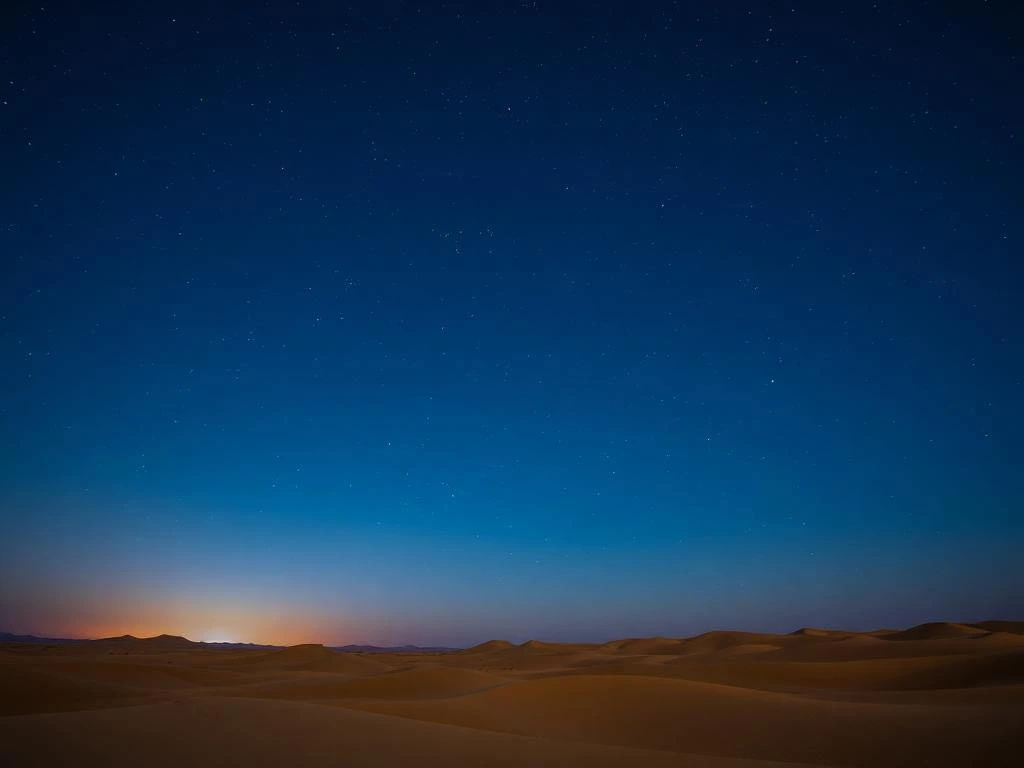
4. Tips for Exploring Desert Landscapes Safely
While desert landscapes captivate with their beauty and serenity, their extreme conditions require careful preparation for a safe and enjoyable experience. From the intense heat of the day to the unexpected chill of the night, knowing how to navigate these environments is essential.
a. Staying Hydrated and Protected from the Sun
The arid nature of desert landscapes makes dehydration a primary concern. Always carry more water than you think you’ll need—at least one gallon per person per day is recommended. Protect yourself from the harsh sun by wearing lightweight, breathable clothing, a wide-brimmed hat, and sunglasses. Don’t forget to apply sunscreen with high SPF to prevent sunburn.
b. Essential Gear for Desert Hikes and Adventures
Exploring desert landscapes requires specific gear to ensure safety and comfort:
- Sturdy Footwear: Protect your feet from hot sand, sharp rocks, and potential hazards with durable hiking boots.
- Navigation Tools: Bring a map, compass, or GPS device, as cell service is often unreliable in remote desert areas.
- Emergency Supplies: A first-aid kit, flashlight, and multi-tool are vital for unexpected situations.
c. Understanding Desert Wildlife and Potential Hazards
Desert landscapes are home to unique wildlife, including snakes, scorpions, and spiders. While fascinating, some species can be dangerous if provoked. Stay alert, avoid reaching into crevices or under rocks, and always keep a safe distance from animals. Be cautious of sudden weather changes, such as sandstorms, and seek shelter if needed.
d. Sustainable Tourism: Leaving No Trace
When exploring desert landscapes, practice sustainable tourism to preserve their natural beauty:
- Carry all trash out with you, and avoid disturbing plants and wildlife.
- Stick to marked trails to prevent damage to fragile ecosystems.
- Respect local customs and traditions if visiting areas inhabited by desert communities.
By following these tips, you can enjoy the breathtaking beauty of desert landscapes while minimizing risks and ensuring their preservation for future generations.

5. Capturing the Beauty of Desert Landscapes Through Photography
Desert landscapes are a dream for photographers, offering a palette of striking contrasts, unique textures, and dramatic lighting. From the golden dunes at sunrise to the starlit skies at night, deserts present endless opportunities to capture nature’s splendor. With the right techniques and preparation, you can immortalize the serene beauty of these arid regions.
a. Understanding Light and Timing for Desert Photography
Lighting is crucial when photographing desert landscapes. The best times to shoot are during the golden hours—shortly after sunrise and before sunset—when the soft light highlights the textures of dunes and rock formations. Midday light can be harsh, but it’s ideal for creating high-contrast images of stark desert terrains. For night photography, deserts provide unparalleled opportunities to capture stunning starry skies due to minimal light pollution.
b. Composition Tips for Desert Landscapes
- Use Leading Lines: Patterns in dunes or paths in the terrain can draw the viewer’s eye through the frame.
- Incorporate Scale: Adding a subject like a person, camel, or shrub helps convey the vastness of the desert.
- Focus on Details: Capture close-ups of rippling sand, weathered rocks, or desert flora for a unique perspective.
- Play with Negative Space: The open expanses of desert landscapes create minimalist compositions that emphasize simplicity and serenity.
c. Essential Gear for Desert Photography
Photographing desert landscapes requires gear that can withstand extreme conditions:
- Lens Selection: A wide-angle lens is perfect for capturing expansive vistas, while a telephoto lens helps isolate details.
- Filters: Use polarizing filters to reduce glare and enhance colors, and neutral density filters for long exposures.
- Camera Protection: Protect your equipment from dust and sand with a camera cover or bag, and always clean your gear after each shoot.
d. Post-Processing Techniques for Desert Images
Enhance the beauty of your desert landscape photos during post-processing:
- Adjust exposure and contrast to emphasize textures and shadows.
- Enhance colors to bring out the golden hues of sand or the deep blues of the sky.
- Use selective sharpening to highlight intricate details like ripples in the dunes or cracks in dry soil.
By mastering these techniques, you can capture the essence of desert landscapes and share their mesmerizing beauty with others. Whether you’re an amateur or a professional, the desert offers endless inspiration for photography.
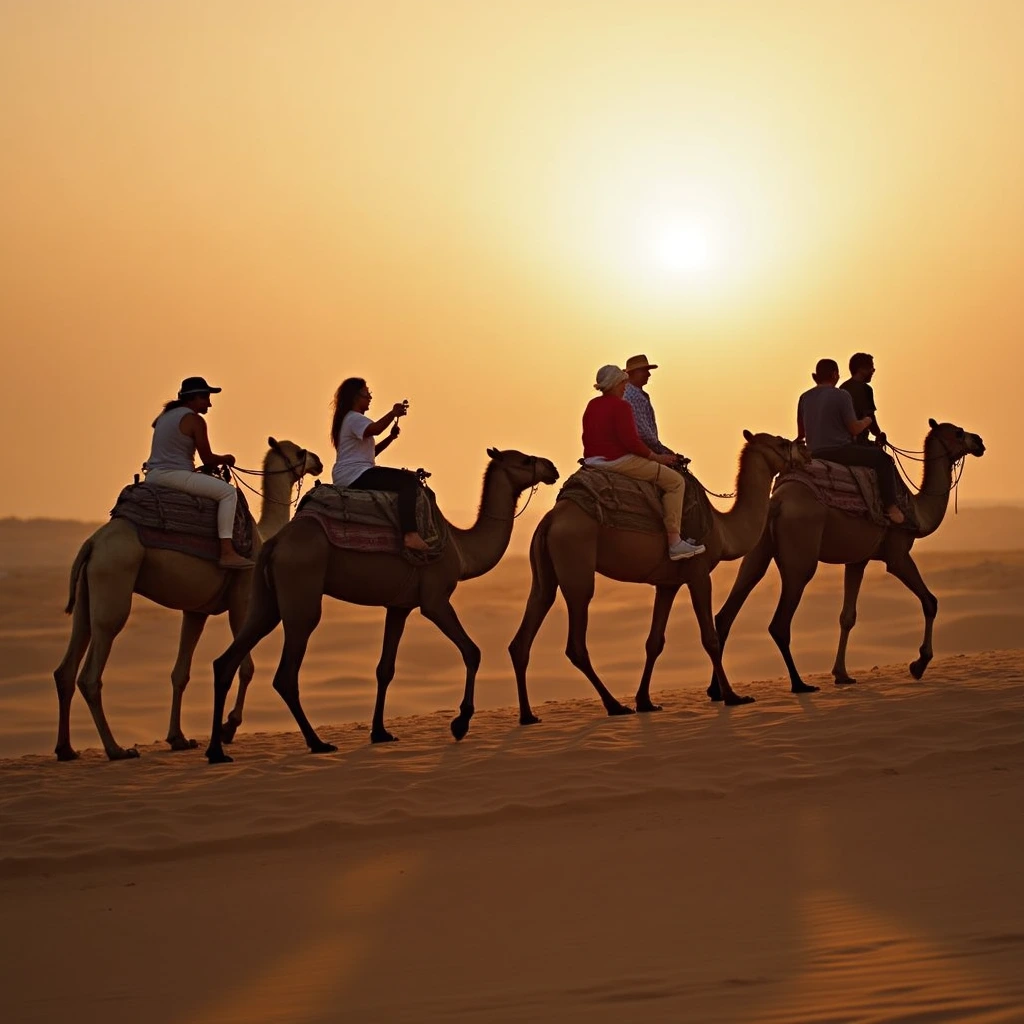
Conclusion
Desert landscapes are among the most breathtaking and serene environments our planet has to offer. From their unique geological formations to the tranquility they provide, these arid regions captivate with their raw beauty and stark elegance. Whether you’re exploring iconic deserts like the Sahara or Atacama, or seeking the serenity of vast, untouched sand dunes, each desert landscape tells a story of resilience, adaptation, and timelessness.
By understanding the factors that make these landscapes so distinct, experiencing their beauty firsthand, and taking the necessary precautions for safe exploration, you can fully appreciate what deserts have to offer. And for those looking to capture the essence of these captivating environments through photography, the desert presents endless opportunities to create awe-inspiring images that showcase its true wonder.
So, whether you seek adventure, peace, or artistic inspiration, desert landscapes invite you to connect with nature on a deeper level, leaving you with unforgettable memories and a sense of awe for the natural world.
